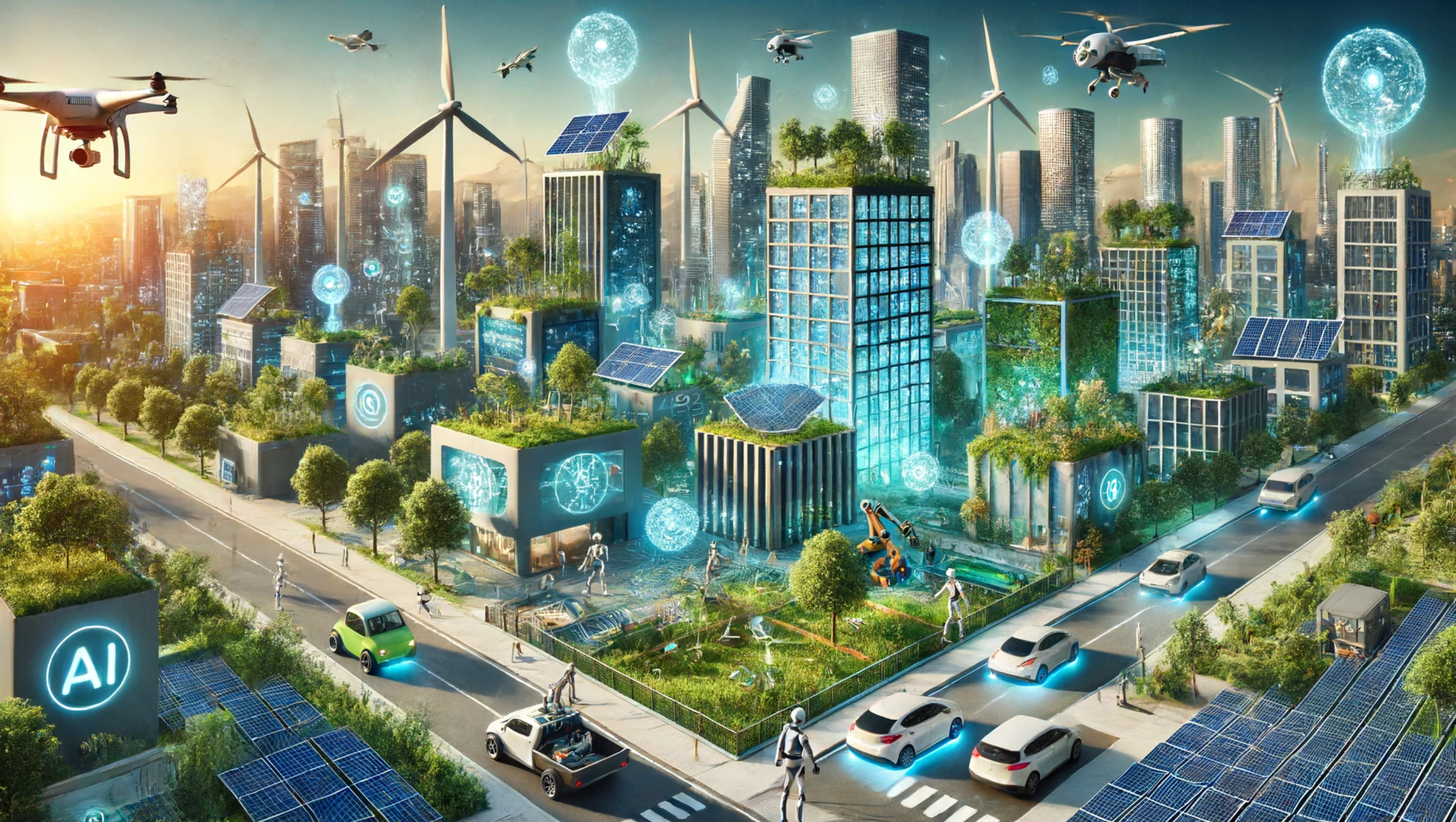 When a financial crisis strikes, unexpected and severe events—referred to as “tail risks”—can rapidly spread from one bank to another, endangering the entire financial system. This spread of risk, known as “systemic risk,” occurs when issues in one bank trigger a chain reaction, leading to problems in other banks and potentially causing a widespread financial collapse. Our CBISS member, Associate Professor Sujoy Bhattacharya, delves into this critical topic, exploring how these risks develop and what can be done to prevent them.
When a financial crisis strikes, unexpected and severe events—referred to as “tail risks”—can rapidly spread from one bank to another, endangering the entire financial system. This spread of risk, known as “systemic risk,” occurs when issues in one bank trigger a chain reaction, leading to problems in other banks and potentially causing a widespread financial collapse. Our CBISS member, Associate Professor Sujoy Bhattacharya, delves into this critical topic, exploring how these risks develop and what can be done to prevent them.
Why Does This Happen?
Systemic risk is driven by two main things: how risky individual banks are and how connected they are to each other. For example, if one bank fails, it might owe money to other banks or be involved in shared investments, leading to a domino effect. Issues like liquidity problems (not having enough cash on hand), failing partners, or sudden market changes can all cause this risk to spill over to other banks.
To prevent this kind of contagion, it’s important to not only focus on individual banks but also to understand how they’re connected to each other. This helps identify potential threats that could bring down the entire system.
The Challenge of Predicting Risk
Predicting these risks is challenging because they don’t always follow a simple pattern. Traditional methods of risk assessment assume that changes are consistent and predictable, but in reality, small problems can quickly become big ones. This makes it hard to measure and manage these risks effectively.
To get a better handle on these risks, we need more flexible approaches that can adapt to changing conditions. However, with more flexibility comes the challenge of understanding exactly how different factors contribute to the overall risk. Advanced, data-driven models can help with this, offering clearer insights into how risks are connected.
How Technology Helps Manage Financial Risk
Recent research has introduced new ways to assess and manage systemic risk. For instance, some methods focus on identifying the most important factors that contribute to risk. This helps regulators and banks better understand which risks are the most dangerous and how they might spread.
Other approaches use network models to see how risk spreads between banks. These models can show which banks are the most vulnerable and how much risk they bring to the entire system. For example, during economic downturns like the COVID-19 pandemic, certain banks in Europe were found to be more at risk, especially in southern regions.
Technology like machine learning is also playing a big role in managing risk. For example, a method called LSTM (Long Short-Term Memory) can help predict how risks will spread within the financial system. This technology is particularly useful for analyzing complex financial data, like transactions over time.
In one study, researchers used LSTM to look at how risks from banks in the United States might affect banks in Japan. They found that during major events, such as the 2011 tsunami or the COVID-19 pandemic, risks were more likely to spread between these banks. Larger banks, with more assets, were especially at risk of both receiving and spreading these problems.
What Does This Mean for the Future?
Going forward, there’s an opportunity to improve these risk models even further by including more financial factors and using more advanced technology. As these tools get better, banks and regulators will be able to more accurately predict and manage risks, helping to prevent future financial crises.
In short, understanding and managing how risks spread between banks is crucial to keeping the financial system stable. By using advanced tools and focusing on how banks are connected, we can better protect our economy from the dangers of financial crises.
For a full research article please visit here
 In today’s world, decision-makers in both government and business are under a lot of pressure to tackle big sustainability issues. AI, or Artificial Intelligence, promises to help by making it easier to handle large amounts of information, fill in data gaps, make better decisions faster, and automate time-consuming tasks. But despite these benefits, many people are still hesitant to rely on AI for making important decisions, even when AI has been shown to be more accurate than human judgment in some cases.
In today’s world, decision-makers in both government and business are under a lot of pressure to tackle big sustainability issues. AI, or Artificial Intelligence, promises to help by making it easier to handle large amounts of information, fill in data gaps, make better decisions faster, and automate time-consuming tasks. But despite these benefits, many people are still hesitant to rely on AI for making important decisions, even when AI has been shown to be more accurate than human judgment in some cases.